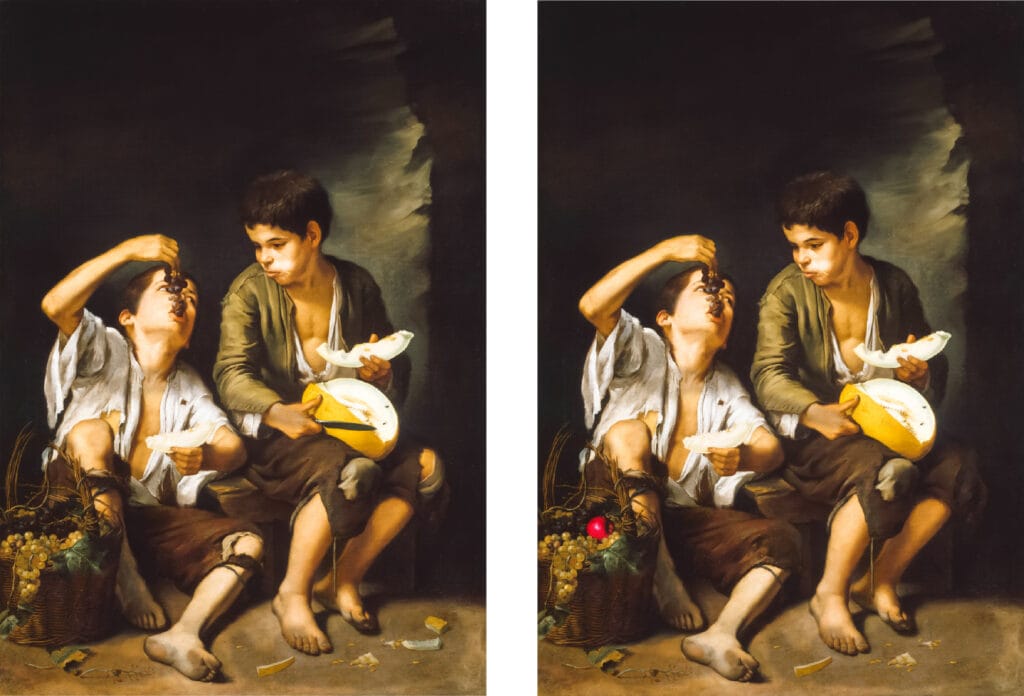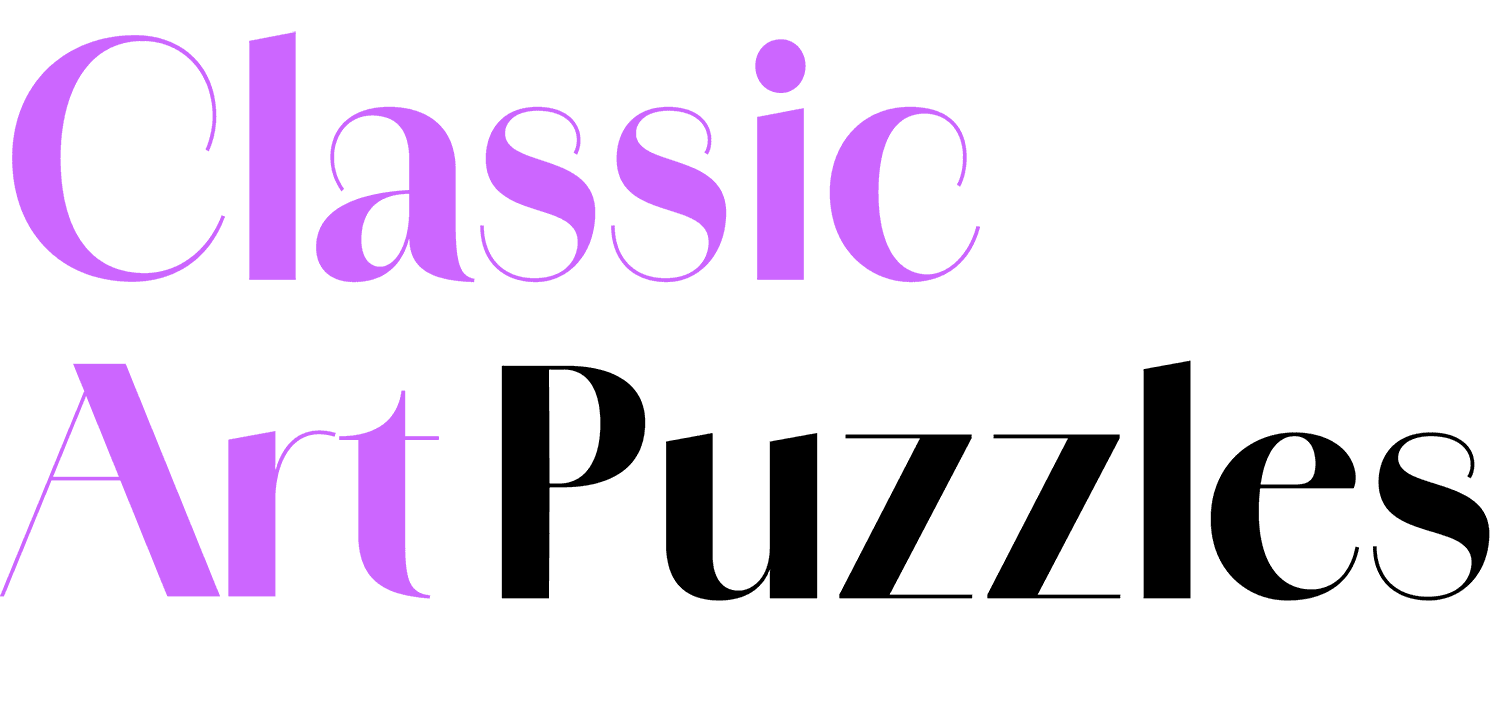Table of Contents
Spot the Difference puzzles are more than a fun way to pass time — they’re quiet little engines of focus, learning, and connection. Beneath their simple surface lies a world of benefits that touch almost every part of the human experience: from memory to mindfulness, from early childhood learning to senior brain health.
Whether you’re playing for relaxation, teaching observation skills, or spending screen-free time with loved ones, Spot the Difference offers something meaningful — across all ages and settings.
In this article, we’ll explore the full range of benefits these visual puzzles offer, organized by category: mental, cognitive, educational, social, and of course, entertainment.
What Are Spot the Difference Puzzles?
At their core, Spot the Difference puzzles are a type of visual puzzle that challenges players to compare two similar images and find subtle changes between them. These differences might include missing objects, color swaps, altered positions, or hidden symbols.
While the format is simple — often side-by-side comparisons — the effects are wide-reaching.
From picture books to flipbooks, apps to art-based editions, Spot the Difference puzzles can be tailored for toddlers, teens, adults, and seniors alike.
Mental Benefits: A Calmer, More Focused Mind
1. Encourages Mindfulness
Solving a Spot the Difference puzzle requires slowing down and paying attention — two things that are increasingly rare in our screen-saturated world.
You’re not multitasking. You’re not rushing. You’re simply looking.
That single-task focus promotes mindfulness, helping players:
- Shift away from stress or distraction
- Ground themselves in the present moment
- Reduce cognitive overload
- Feel calm and engaged
2. Enhances Visual Attention
Looking for tiny changes sharpens the brain’s ability to filter out noise and zero in on important details. This kind of sustained visual attention can carry over into daily life — helping with everything from proofreading to navigating traffic.
3. Supports Emotional Regulation
There’s something uniquely satisfying about finding a difference. It gives a small feeling of success — without pressure or competition. For children, this builds confidence. For adults, it supports positive emotional regulation.
Especially helpful for:
- People with anxiety
- Seniors in memory care
- Children with attention challenges
Cognitive Benefits: Brain Training Through Play
4. Strengthens Memory
Spotting changes means remembering what you saw a moment ago — holding visual data in short-term memory while comparing two images. This strengthens working memory, a key skill for learning and everyday tasks.
5. Boosts Pattern Recognition
As players progress through puzzles, they develop strategies: scanning top to bottom, checking common zones, or looking for symmetry shifts. These pattern recognition skills support higher-level thinking, logic, and problem-solving.
6. Improves Visual Discrimination
The ability to spot fine distinctions between similar shapes, colors, and positions is called visual discrimination — a fundamental cognitive skill, especially in early literacy and math development.
It also helps older adults keep their visual tracking and processing sharp.
Educational Benefits: Learning Without Lectures
7. Builds Observation and Critical Thinking in Children
Spot the Difference is a classroom favorite for good reason. It helps young learners:
- Practice comparison
- Identify “same” and “different”
- Develop vocabulary (“The dog’s tail is longer!”)
- Strengthen visual literacy
It’s also a fantastic pre-reading activity, training children to scan from left to right and notice detail — both essential for early literacy.
8. Promotes Language Development
Doing puzzles with a child opens up a world of descriptive language. Parents and teachers can ask:
- “What’s missing?”
- “How are these two pictures different?”
- “Can you describe what you see?”
This builds expressive language, comprehension, and communication skills.
9. Teaches Focus and Perseverance
Children learn not to give up after the first glance. They learn to stick with a task, try a new strategy, and enjoy the reward of discovery. It’s goal-oriented behavior — without pressure.
Educational settings that use Spot the Difference puzzles include:
- Kindergarten and preschool
- ESL (English as a Second Language)
- Special education
- Montessori and Waldorf classrooms
- Visual learning centers
Social Benefits: Connection Through Shared Play
10. Encourages Family Bonding
Spot the Difference is one of the rare games that everyone can enjoy — from grandparents to toddlers. It invites side-by-side play, shared laughter, and teamwork.
Parents can use it as:
- A screen-free evening activity
- A calm game before bedtime
- A travel-friendly puzzle on the go
Grandparents can use it to connect with grandkids in a meaningful way, even if mobility or energy is limited.
11. Supports Cooperative Play in Groups
In classroom or senior center settings, Spot the Difference puzzles can be solved in pairs or small groups. This encourages:
- Turn-taking
- Active listening
- Collaborative thinking
- Lighthearted competition
It’s especially helpful in mixed-age or intergenerational environments, where traditional games may not work for everyone.
Entertainment Benefits: A Simple Game with Lasting Joy
12. Screen-Free Fun
In a digital world, many parents and educators are seeking alternatives to passive screen time. Spot the Difference offers an interactive, screen-free alternative — or, when used on-screen, encourages active visual engagement.
Available formats include:
- Print puzzle books
- Laminated classroom sheets
- Digital flipbooks (like those we offer at Classic Art Puzzles)
- Interactive puzzle apps
13. Quick and Flexible Play
You can finish a puzzle in 2 minutes or spend 20 searching slowly. There’s no time pressure unless you want it. This makes Spot the Difference ideal for:
- Short breaks
- Travel
- Waiting rooms
- Mindful transitions between tasks
14. Combines Art with Gameplay
Unlike many logic puzzles, Spot the Difference is a visual art experience. At Classic Art Puzzles, we use masterpieces from across centuries to create puzzles that are not just fun — they’re also culturally rich, beautiful, and timeless.
This transforms gameplay into art appreciation. It’s especially appealing for adults and seniors who want a deeper connection to the visuals they’re interacting with.
Who Benefits Most?
While Spot the Difference offers value to everyone, here’s how it supports specific groups:
| Group | How It Helps |
|---|---|
| Toddlers & Preschoolers | Builds early visual and language skills |
| Elementary Students | Develops critical thinking and focus |
| Teens | Offers mindful play and challenge |
| Adults | Supports stress relief and visual engagement |
| Seniors | Maintains cognitive sharpness and memory |
| ESL Learners | Builds vocabulary and visual literacy |
| Families | Strengthens connection through shared play |
Final Thoughts: One Puzzle, Endless Possibilities
A Spot the Difference puzzle may seem small — a pair of pictures, a few subtle changes — but its benefits are anything but minor. These humble visual games strengthen our minds, bring people together, and make learning feel like play.
They don’t require batteries. They don’t need instructions. They only ask us to do something we often forget in our busy lives: to pause and look more closely.
Explore our full collection of Spot the Difference puzzles in art-inspired digital flipbooks for every age — and discover how much good a simple puzzle can do.
Play Classic Art Spot the Difference | Find 5 Differences

